A love(?) letter to Tokyo architecture
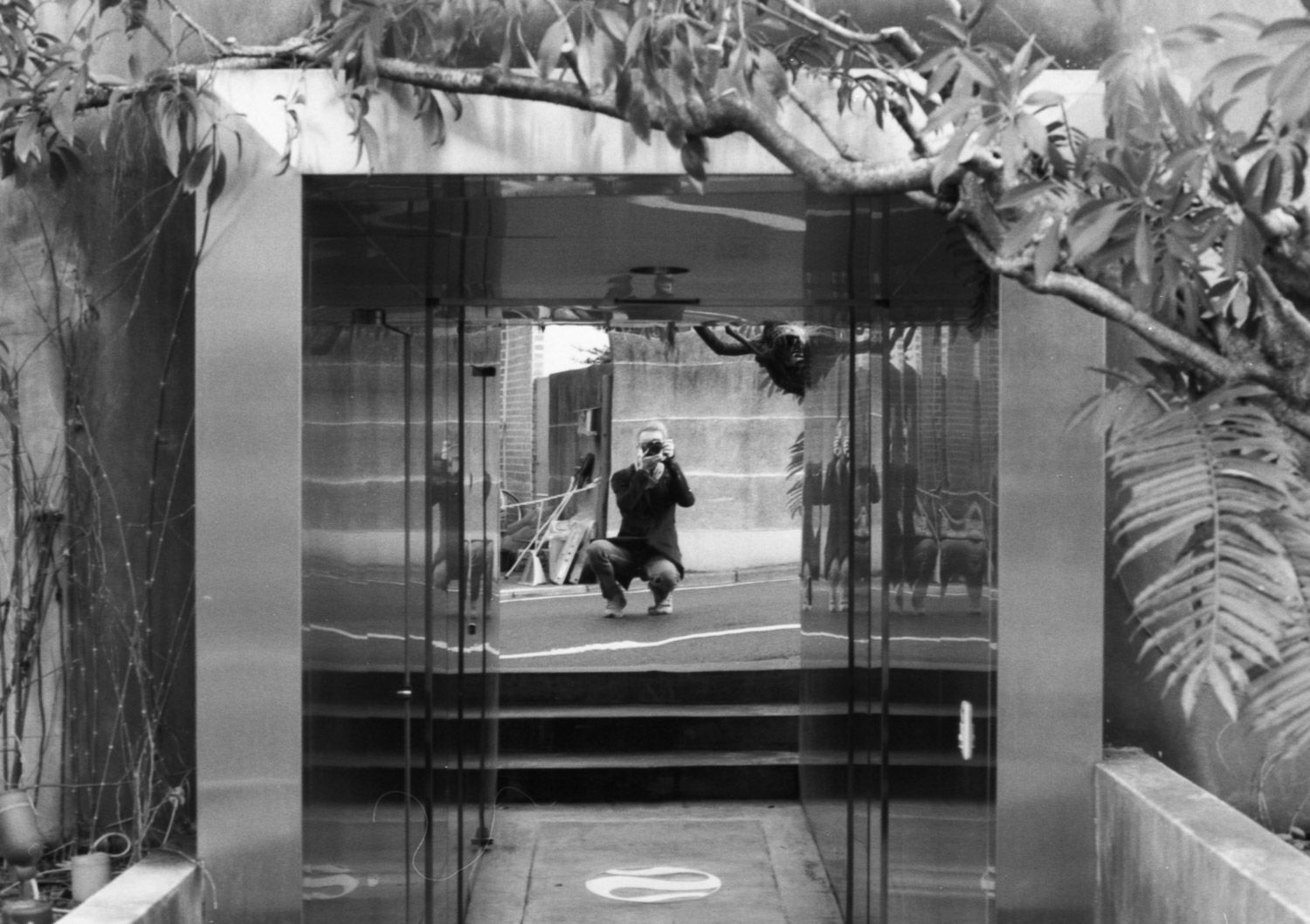
Whether you are a fan of it or not, Japanese cities –and particularly Tokyo– have a very unique look to them. You may recognize it from anime or movies, or maybe you have been here and picked up on a few prominent features that make Japanese street scenes so special. Be it the overhead power lines in virtually every street, the super-narrow single family homes, or the cute construction site markers – there is a lot to love, albeit not always love on first sight.
Beautiful patchwork
When talking to folks visiting this city for the first time, their first impression is usually: chaotic. In Tokyo, a plethora of building styles and materials are crammed right next to each other in a very small space. A brutalist concrete bunker next to a traditional wooden townhouse. A brightly colored clothing store next to an inconspicuous old tatami shop. Sometimes it feels like no two houses look alike. The sheer variety is astonishing, and much broader than in other major cities in the west. That's exactly what makes it so much fun to explore. That's what sparked my interest in its architecture in the first place.
The color palette of Tokyo buildings is impressive, too. German architect Anne Gross ran a fantastic little project for a while called COLOR STUDIES JAPAN, in which she matched Tokyo houses to their equivalent Pantone colors. The results are oddly satisfying, and show just how fun a walk through the neighborhood can be.

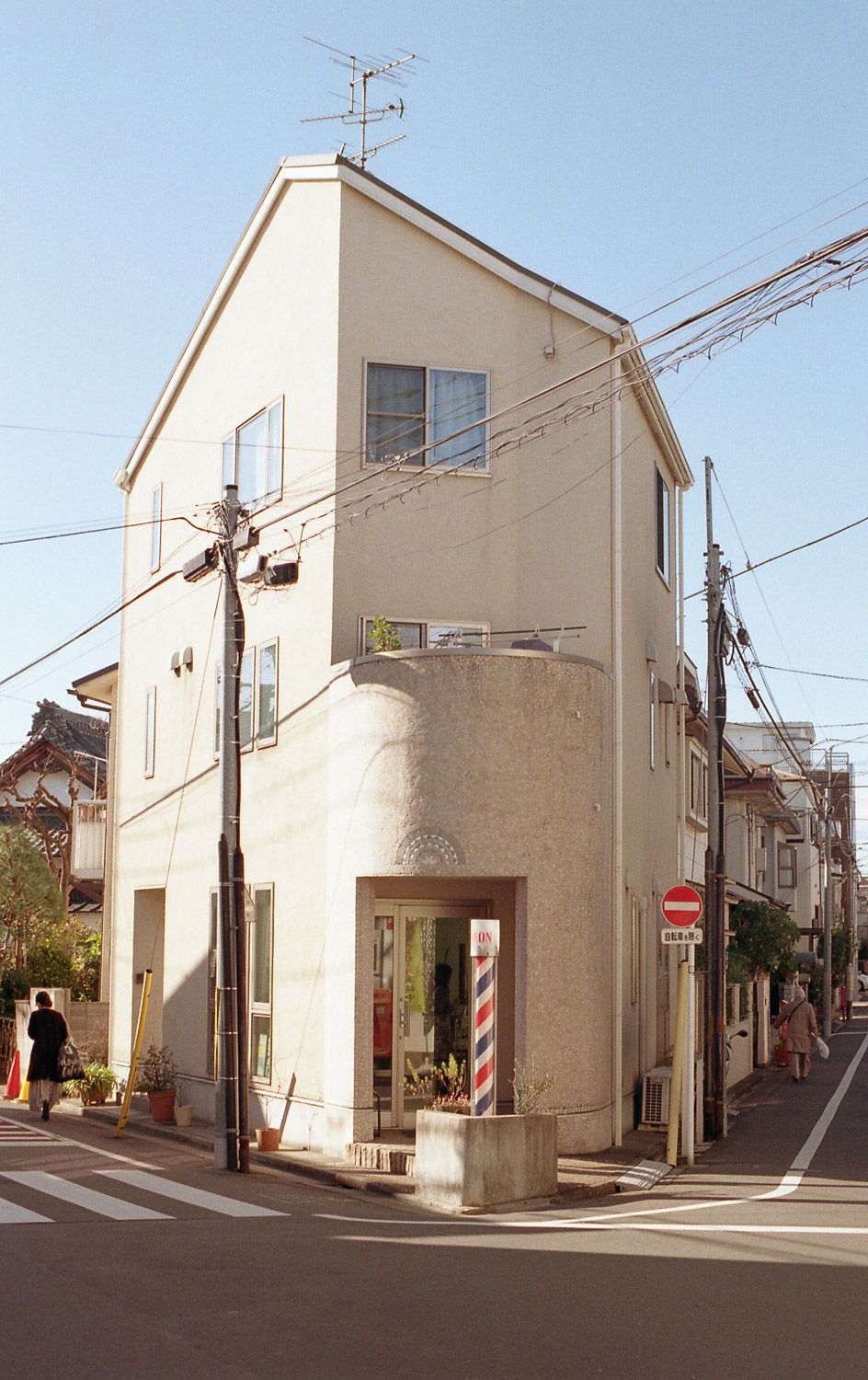

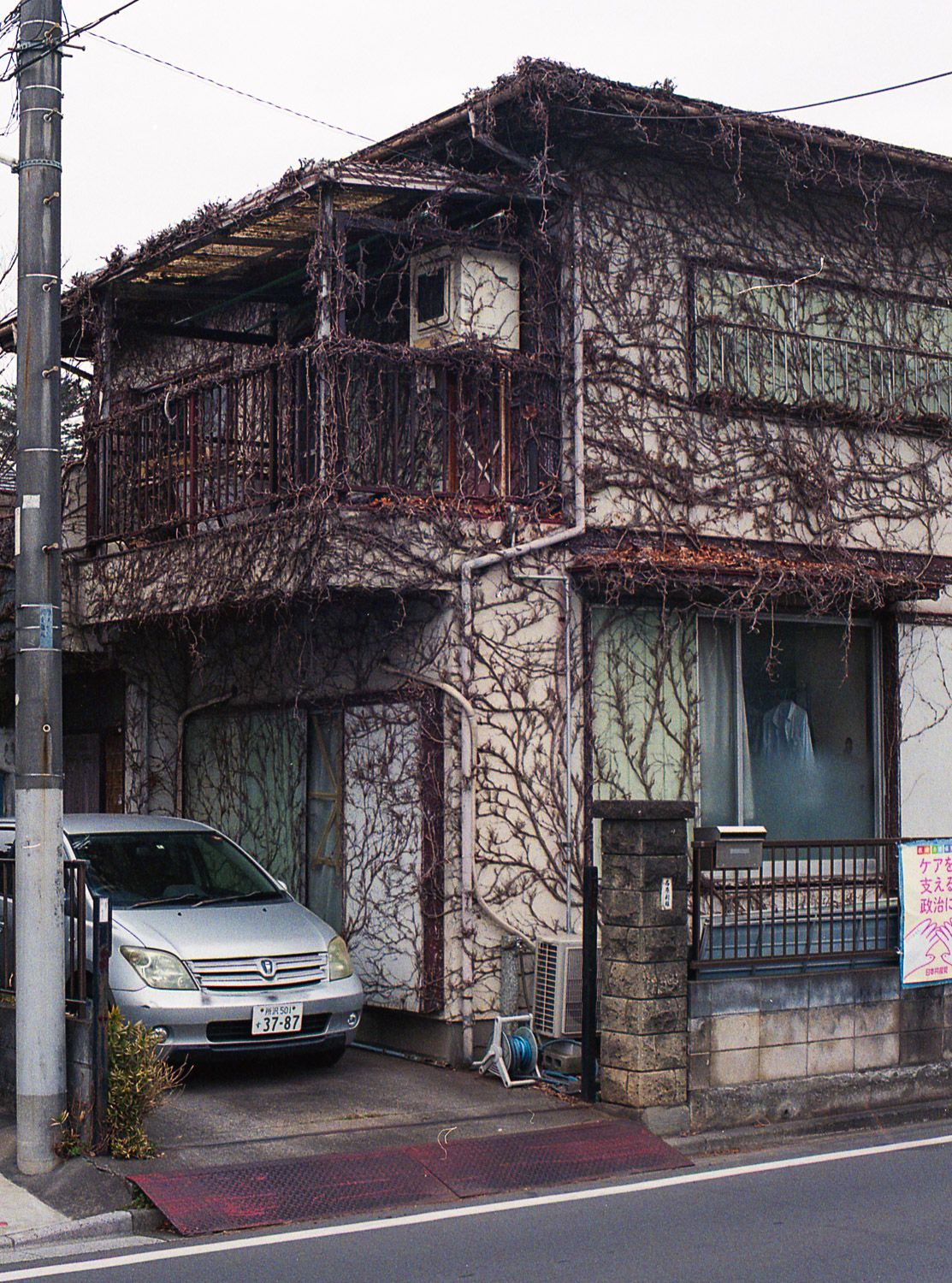
Grand designs
Outside of the residential neighborhoods, Tokyo also features more well-known examples of exceptional architecture. Famed architects from Japan and abroad have created a number of memorable pieces around the city. Some that I particularly enjoy are:
- The Nakagin Capsule Tower. There is probably no better example for the architectural movement of metabolism that intended to let buildings grow almost organically over time. It never really took off and they cleared out the capsule tower a few years back but, man, does it look funky!
- The Asahi Beer Building. This one screams "Japan bubble era" loud and clear. Its gold color, its weird flame on the roof – everything is a bit over the top. However, it does offer some nice views over the Asakusa area and the Sumida river. Hit the Sky Room and have a drink.
- The Edo-Tokyo Museum and Edo-Tokyo Open Air Museum. The former: Brutalism at its finest. A huge chunk of metal that probably wouldn't "fit in" anywhere. (Also, it reminds me of the Star Wars AT-AT Walker somehow?) The latter: a great open air museum situated in Koganei Park that exhibits old buildings from the Edo period.
- The Hachioji Library. There is definitely no shortage of impressive libraries and book stores in Tokyo, but this one takes the cake. From both the outside and the inside, its arches make for some really inspiring views.
- SunnyHills. Tucked away in the posh Minami-Aoyama district, this beautifully designed woodpile actually houses a dessert restaurant. Once you are in the area, there are more interesting spots to explore, such as the Prada Building and the Nezu Museum.

Concrete jungle
Of course, there are things to criticize about Tokyo architecture as well. To me, the biggest issue is this city's obsession with concrete, to the extent that one wonders why the people responsible for urban planning around here apparently hate trees so much. Don't get me wrong, there are green oases, but they are few and far between. Over the time I have been here, I have witnessed on multiple occasions small green patches being plowed to make space for yet another condo or a parking lot. Meanwhile, Tokyo already feels like the surface of the sun during the summer months. Comparing that to how much emphasis other metropolises in Europe put on green, livable spaces, it feels like Tokyo still has a long way to go in this regard.
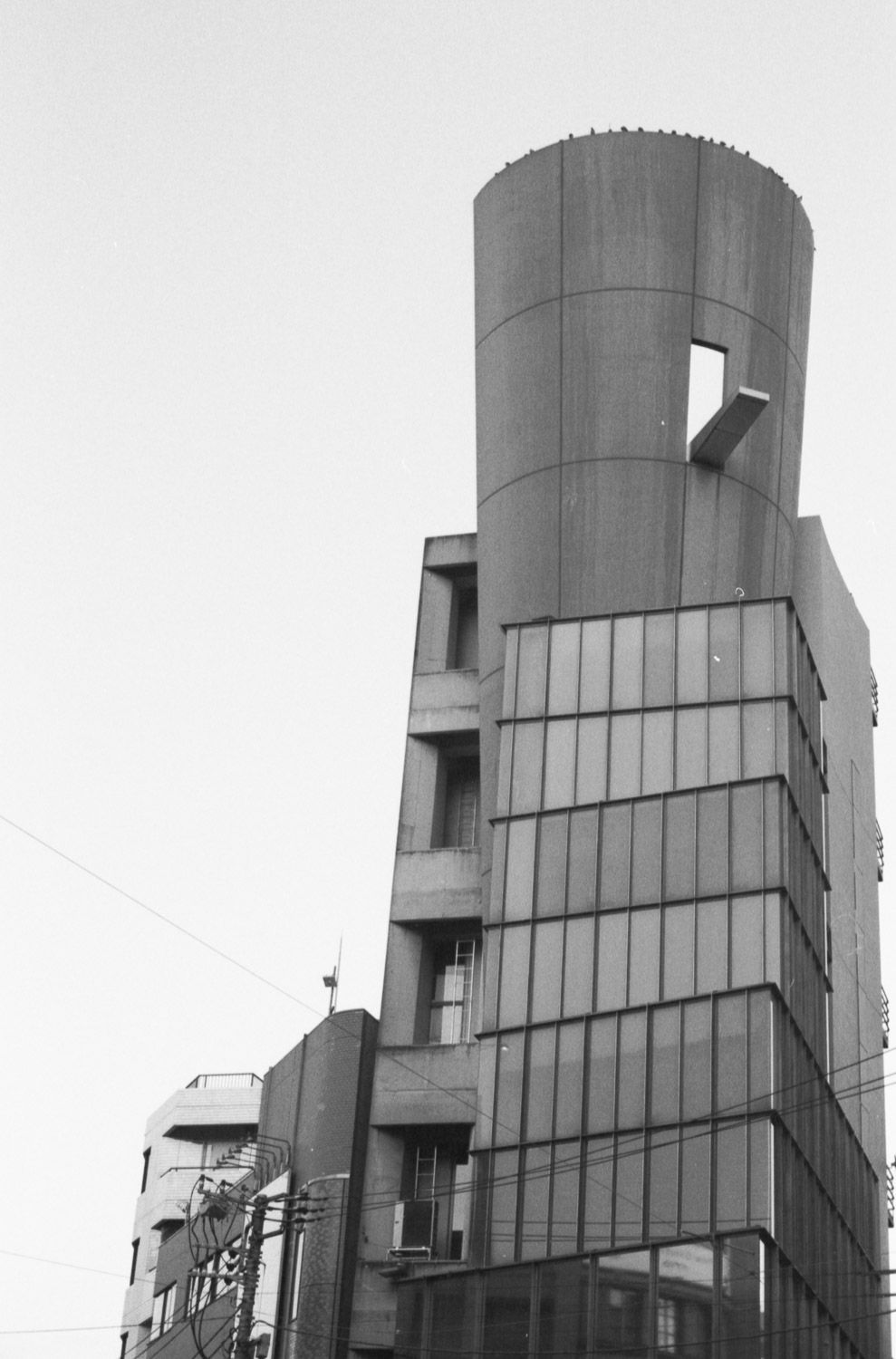
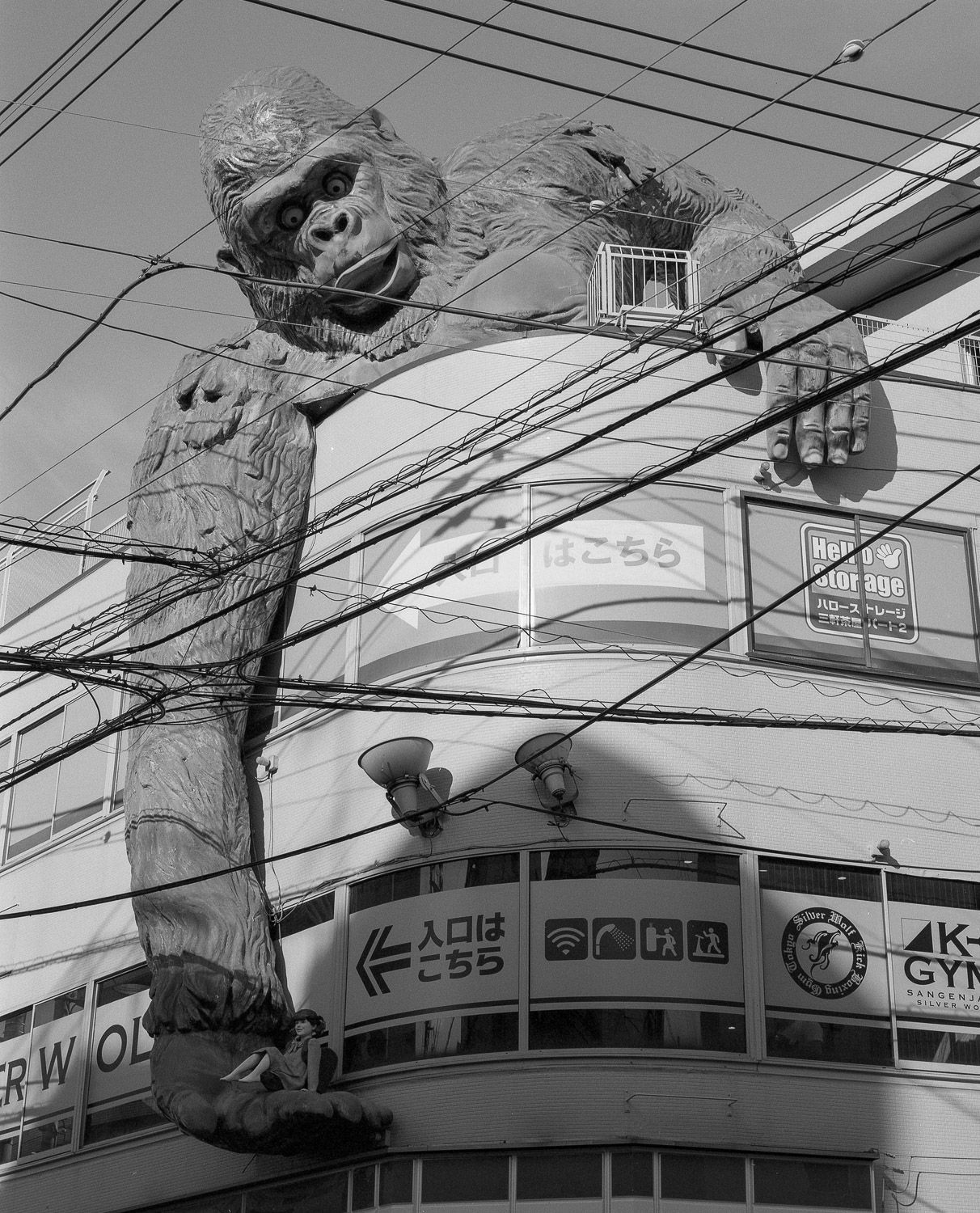
Living organism
As alluded to previously, Tokyo is a city that never really stands still and the same applies to its architecture. At any given time, there are countless new developments under way that remodel existing structures, create new spaces, and take with them a bit of old Tokyo. As long as the city manages to retain its diversity and quirkiness in the process, I think that's a good thing. Without that, it quickly looks lifeless and exchangeable. (Looking at you, Midtown Tokyo and Roppongi Hills.)

